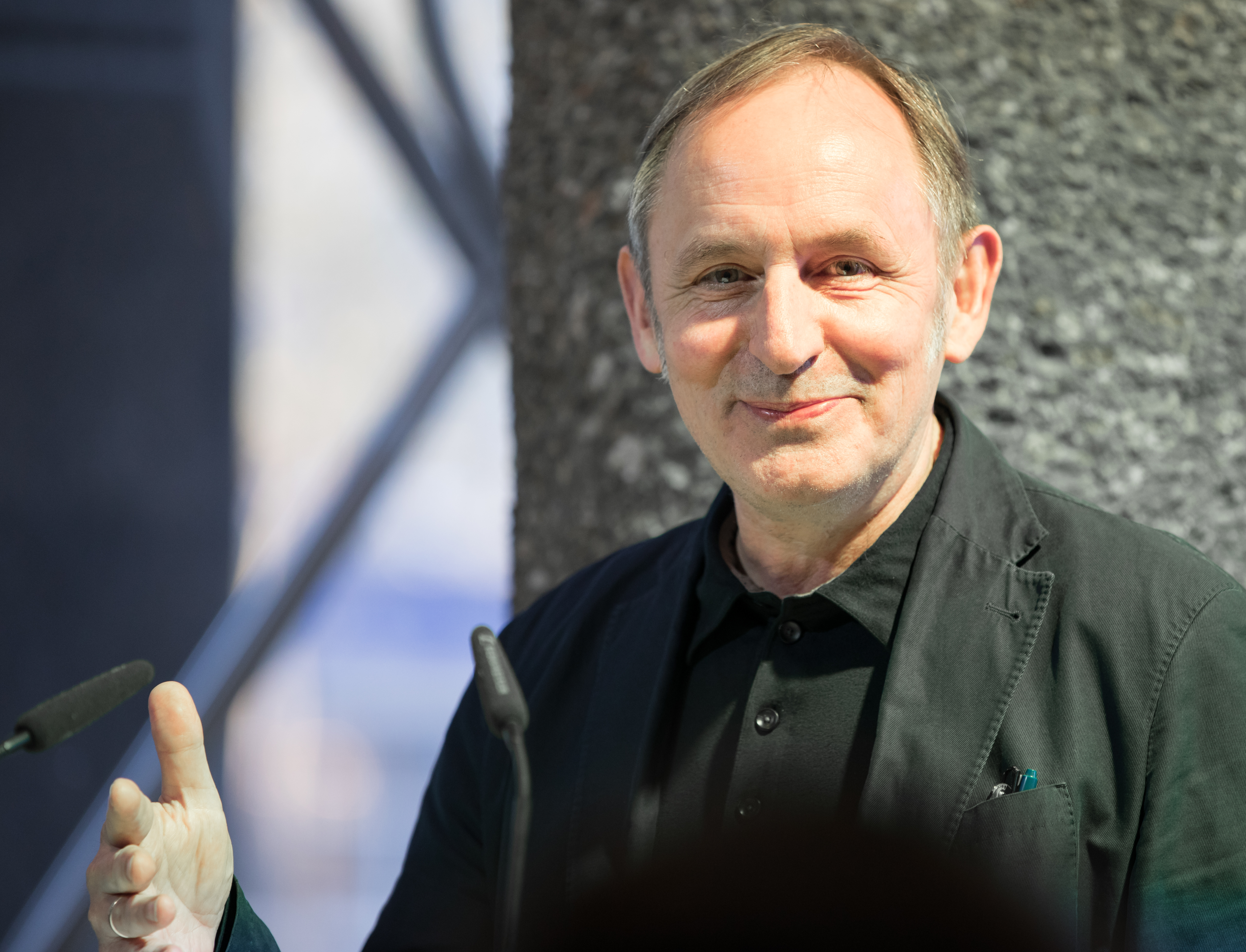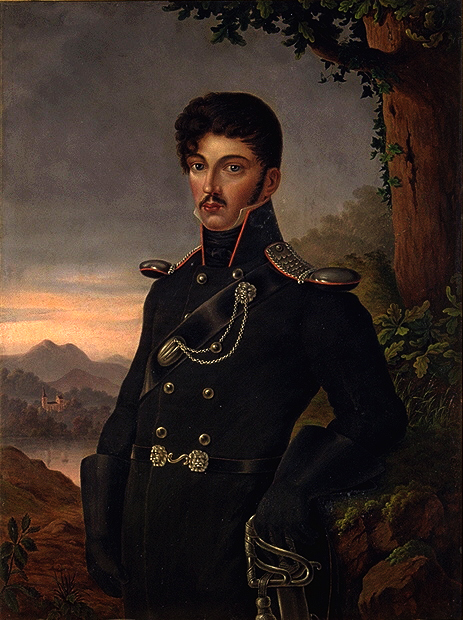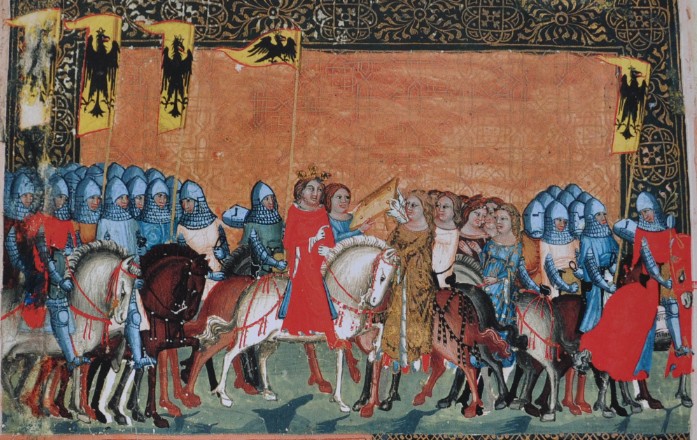|
Volker Staab
Volker Staab (born 25 December 1957) is a German architect. Life Born in Heidelberg, Staab studied architecture from 1977 bis 1983 at the ETH Zürich (Diploma Architect ETH). From 1985 to 1990, he worked as a freelancer for the office of Dietrich Bangert, Bernd Jansen, Stefan Scholz and in Berlin. In the same year, he collaborated on the design for the Kunstmuseum Bonn. He has been a freelance architect since 1990. In 1991 he founded the architectural practice Volker Staab. Since 1996 he has worked in partnership with Alfred Nieuwenhuizen under Staab Architekten, since 2007 as Staab Architekten GmbH. In 2002-2004 Staab took on a visiting scholar position at the Technische Universität Berlin. In 2002, he also received a lectureship at the Academy of Fine Arts, Nuremberg. In 2005, he became a visiting professor at the FH Münster and taught there until 2007. From 2008 to 2009, Staab held the deputy chair of architecture/public spaces and buildings at the Staatliche Akademi ... [...More Info...] [...Related Items...] OR: [Wikipedia] [Google] [Baidu] |
Volker Staab 2018 Domforum Köln - 9082
Volker may refer to: * Volker (name), including a list of people with the given name or surname * Volker, Kansas City, a historic neighborhood in Kansas City * Volker Boulevard, Kansas City * ''Alien Nations'' (German: ''Die Völker''), a real-time strategy video game released in 1999 See also * VolkerWessels, a Dutch construction company ** VolkerRail, a railway infrastructure services company based in Doncaster, England, owned by VolkerWessels * Voelcker (other) * Voelker (other) {{disambiguation ... [...More Info...] [...Related Items...] OR: [Wikipedia] [Google] [Baidu] |
Bergpark Wilhelmshöhe
Bergpark Wilhelmshöhe is a landscape park in Kassel, Germany. The area of the park is , making it the largest European hillside park, and second largest park on a hill slope in the world. Construction of the ''Bergpark'', or "mountain park", began in 1689 at the behest of the Landgraves of Hesse-Kassel and took about 150 years. The park is open to the public today. Since 2013, it has been a UNESCO World Heritage Site because of its monumental Baroque architecture and its unique fountains and water features. Geography Location , a ''Stadtteil'' of Kassel in northern Hesse, is situated west of the city centre at the foot of the Habichtswald hill range. It is also known for Kassel-Wilhelmshöhe station on the Hanover–Würzburg high-speed railway line. Description The park comprises an area of about , stretching from Kassel up to the Karlsberg mountain at . At the summit of the park stands the Hercules monument, a 40-meter high pyramid with a 8.5-meter bronze statue of Hercule ... [...More Info...] [...Related Items...] OR: [Wikipedia] [Google] [Baidu] |
New Gallery (Kassel)
The Neue Galerie (New Gallery) is an art museum in Kassel in the state of Hesse, in Germany. The building was constructed between 1871 and 1877 as a museum for works of the Old Masters. The building was damaged and burned out on 22 October 1943 in a devastating air raid carried out on the orders of Winston Churchill. The 60 most important works were brought to Vienna, and were returned in 1956. The building and large parts of the collection were lost. The museum was reopened with its present name in 1976, and a large renovation was completed in 2011. History The old museum A previous building was built in the years 1749 to 1752 by François de Cuvilliés for the Landgrave William VIII. During the French occupation under Jérôme Bonaparte this building was transformed into a city residence. In August 1869 a new building for the gallery was designed by Heinrich von Dehn-Rotfelser, architect and professor of architecture at the Academy in Kassel and opened on 28 Decembe ... [...More Info...] [...Related Items...] OR: [Wikipedia] [Google] [Baidu] |
Frankfurter Allgemeine Zeitung
The ''Frankfurter Allgemeine Zeitung'' (; ''FAZ''; "''Frankfurt General Newspaper''") is a centre-right conservative-liberal and liberal-conservativeHans Magnus Enzensberger: Alter Wein in neuen Schläuchen' (in German). ''Deutschland Radio'', 16 October 2007 German newspaper founded in 1949. It is published daily in Frankfurt. Its Sunday edition is the ''Frankfurter Allgemeine Sonntagszeitung'' (; ''FAS''). The paper runs its own correspondent network. Its editorial policy is not determined by a single editor, but cooperatively by four editors. It is the German newspaper with the widest circulation abroad, with its editors claiming the newspaper is delivered to 148 countries. History The first edition of the ''F.A.Z.'' appeared on 1 November 1949; its founding editors were Hans Baumgarten, Erich Dombrowski, Karl Korn, Paul Sethe and Erich Welter. Welter acted as editor until 1980. Some editors had worked for the moderate '' Frankfurter Zeitung'', which had been banned in ... [...More Info...] [...Related Items...] OR: [Wikipedia] [Google] [Baidu] |
University Of Potsdam
The University of Potsdam is a public university in Potsdam, capital of the state of Brandenburg, Germany. It is mainly situated across three campuses in the city. Some faculty buildings are part of the New Palace of Sanssouci which is known for its UNESCO World Heritage status. The University of Potsdam is Brandenburg's largest university and the fourth largest in the Berlin-Brandenburg metropolitan area. More than 8,000 people are working in scholarship and science. In 2009 the University of Potsdam became a winner in the "Excellence in Teaching" initiative of the Stifterverband für die Deutsche Wissenschaft (Business innovation agency for the German science system). History The University of Potsdam was formed in 1991 by the amalgamation of the ''Karl Liebknecht College of Education'' and the ''Brandenburg State College'', as well as several other smaller institutions. As the university in large part emerged from the College of Education, emphasis today is still placed ... [...More Info...] [...Related Items...] OR: [Wikipedia] [Google] [Baidu] |
Dannenberg (Elbe)
Dannenberg is a town in the district Lüchow-Dannenberg, in Lower Saxony, Germany. It is situated on the river Jeetzel, approx. 30 km north of Salzwedel, and 50 km south-east of Lüneburg. Dannenberg has a population of 8,147 inhabitants (December 2010). Dannenberg is located on the German Timber-Frame Road. It is the seat of the ''Samtgemeinde'' ("collective municipality") Elbtalaue. It has a soccer team which plays in the regional league, TSV Dannenberg. The actual history of the town began with the construction of the castle (first mentioned in 1153) during the rule of Volrad I, Count of Dannenberg (1153–1169), who had been given the task of settling and securing the territory by Duke Henry the Lion. The Waldemarturm is a local historical landmark, a tower in which the Danish King Valdemar II was imprisoned from 1223–1224. After World War II, Dannenberg was part of West Germany. However, it is situated very close to the Elbe river, which served as the border ... [...More Info...] [...Related Items...] OR: [Wikipedia] [Google] [Baidu] |
Dresden
Dresden (, ; Upper Saxon: ''Dräsdn''; wen, label=Upper Sorbian, Drježdźany) is the capital city of the German state of Saxony and its second most populous city, after Leipzig. It is the 12th most populous city of Germany, the fourth largest by area (after Berlin, Hamburg and Cologne), and the third most populous city in the area of former East Germany, after Berlin and Leipzig. Dresden's urban area comprises the towns of Freital, Pirna, Radebeul, Meissen, Coswig, Radeberg and Heidenau and has around 790,000 inhabitants. The Dresden metropolitan area has approximately 1.34 million inhabitants. Dresden is the second largest city on the River Elbe after Hamburg. Most of the city's population lives in the Elbe Valley, but a large, albeit very sparsely populated area of the city east of the Elbe lies in the West Lusatian Hill Country and Uplands (the westernmost part of the Sudetes) and thus in Lusatia. Many boroughs west of the Elbe lie in the foreland of the Ore Mounta ... [...More Info...] [...Related Items...] OR: [Wikipedia] [Google] [Baidu] |
Museum Gunzenhauser
The Gunzenhauser Museum (german: Museum Gunzenhauser) is a museum and art gallery located in Chemnitz, the third largest city of Saxony, Germany. It contains 2,459 works by 270 modern artists of the 20th century that have been collected by the art dealer Dr. Alfred Gunzenhauser. The Gunzenhauser Museum was inaugurated in December 2007 in the presence of German President Horst Köhler and is one of the most important museums of modern art in Germany. Building's history The museum's building was constructed between 1928 and 1930 in the New Objectivity style as the former headquarters of the ''Sparkasse Chemnitz'' ("Savings and loan association of Chemnitz") and was one of the first high-rise buildings in Chemnitz. Fred Otto (1883–1944), head of the municipal planning and building control office between 1925 and 1944, purposely abandoned decorative elements and used bright, beige-coloured travertine for the facades. Thus, the building shows its balanced proportions and clea ... [...More Info...] [...Related Items...] OR: [Wikipedia] [Google] [Baidu] |
Schweinfurt
Schweinfurt ( , ; ) is a city in the district of Lower Franconia in Bavaria, Germany. It is the administrative centre of the surrounding district (''Landkreis'') of Schweinfurt and a major industrial, cultural and educational hub. The urban agglomeration has 100,200 (2018) and the city's catchment area, including the Main-Rhön region and parts of South Thuringia, 759,000 inhabitants. Schweinfurt was first documented in 791 and is one of the oldest cities in Bavaria. Around 1000 the Margraves of Schweinfurt controlled large parts of northern Bavaria. From the 12th century until 1802 Schweinfurt was a Free imperial city within the Holy Roman Empire, around 1700 a humanistic centre and in 1770 began the 250-year industrial history. During World War II, the Americans suffered their biggest air defeat over Schweinfurt in the Second Raid on Schweinfurt ''(Black Thursday)''. On 11 April 1945, the US Army invaded the city. During the Cold ... [...More Info...] [...Related Items...] OR: [Wikipedia] [Google] [Baidu] |
Museum Georg Schäfer
The Museum Georg Schäfer is a German art museum in Schweinfurt, Bavaria. Based on the private art collection of German industrialist Georg Schäfer (industrialist), Georg Schäfer (1896–1975), the museum primarily collects 19th-century paintings by artists from German-speaking countries. History Having already inherited a nucleus of 19th-century German and Austrian paintings from his father, in the 1950s Georg Schäfer began actively collecting paintings by old masters and forgotten ''"lesser"'' masters which, at that time, were being overlooked by the more conservative regional art centres of Munich, Berlin, Dresden and Vienna. He bought much of the art in the 1950s from dealers in Munich, including from Heinrich Hoffmann (photographer), Heinrich Hoffmann, Adolf Hitler's personal photographer, who was deeply involved in Nazi-looted art. As early as 1959, architect Erich Schelling drew up plans for a museum to house the collection. A later design by Mies van der Rohe was rejec ... [...More Info...] [...Related Items...] OR: [Wikipedia] [Google] [Baidu] |
Neues Museum Nürnberg
Neues Museum Nürnberg (NMN) is a museum for modern and contemporary art and design in Nuremberg. Architecture In 1990 the Bavarian government decided to build a 20th-century museum. The building in which the museum is located was designed by the architect Volker Staab. Construction started on 11 September 1996 and ended in October 1999. The official opening was on 15. April 2000. On 3000 sq/m contemporary art as well as art and design dating back to the 1950s is being shown. Environmental Protection Since March 2015, the NMN houses bees on its roof. City beekeeper Bernd J. Kobr currently looks after the bees. Their honey "Stadtgold" ("City Gold") can be bought in the museum shop. Directors * Lucius Grisebach Lucius ( el, Λούκιος ''Loukios''; ett, Luvcie) is a male given name derived from ''Lucius'' (abbreviated ''L.''), one of the small group of common Latin forenames (''praenomina'') found in the culture of ancient Rome. Lucius derives from L ... from 1. Oct ... [...More Info...] [...Related Items...] OR: [Wikipedia] [Google] [Baidu] |








